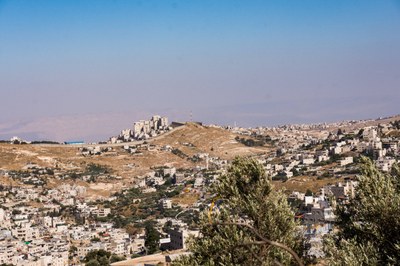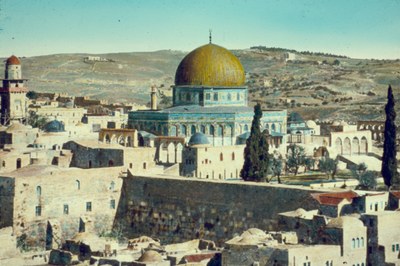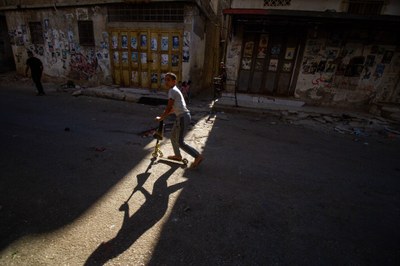„Es behandelt die Lebensrealität der Palästinenser unter der israelischen Besatzung in der Westbank. Diese kennt Thrall gut, denn von 2010 bis 2020 arbeitete er für die Organisation International Crisis Group, wo er das Arab-Israeli Project leitete und über die politische Lage in Israel und Palästina berichtete.“ – nd-aktuell.de
„Wer dort war, ist entsetzt“
„Die Idee zu diesem Buch hatte ich aus einer starken Frustration heraus. Denn es gibt für Israel/Palästina nur dann weltweite Aufmerksamkeit, wenn es mal wieder zu schrecklicher Gewalt kommt. Angesichts der Gewalt ruft die ganze Welt sofort nach der Wiederherstellung der Ruhe. Ich aber wollte zeigen, wie diese vermaledeite Ruhe für die palästinensische Bevölkerung aussieht. Ihre Situation hat mit „Ruhe“ nichts zu tun. Das Leben der palästinensischen Bevölkerung ist von einem extrem ungerechten und unterdrückerischen System von Kontrolle geprägt, das immer wieder neue Runden von Blutvergießen hervorrufen wird, solange es nicht verändert wird.“ – medico.de | Interview mit Nathan Thrall
A Palastine Story
„Thrall has now expanded that article into a long and powerful book of reportage, delving deeper into the lives of Salama and his family, looking at the chain of events that led to Milad, Salama’s son, being on the bus. Rather than arranging it chronologically, Thrall has his narrative oscillate around the accident, with the bus crash at its dark heart. Everything seems to be leading towards that moment: the traumatic repetition of a horror that could so easily have been avoided.“ – theguardian.com
Important and touching
„Thrall is one of the few writers who can combine vivid storytelling with in-depth analysis of the occupation without resorting to political throat-clearing, and throughout the book he maintains an unwavering, cleareyed focus on the broken political system.“ – nytimes.com








